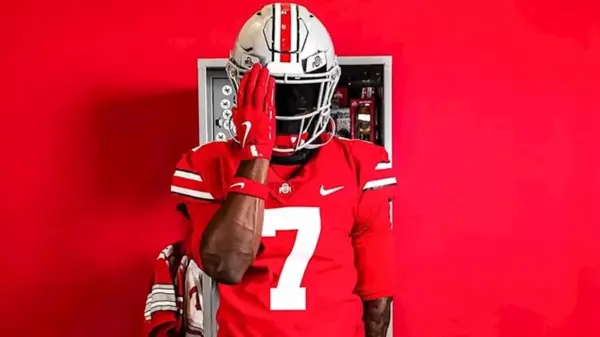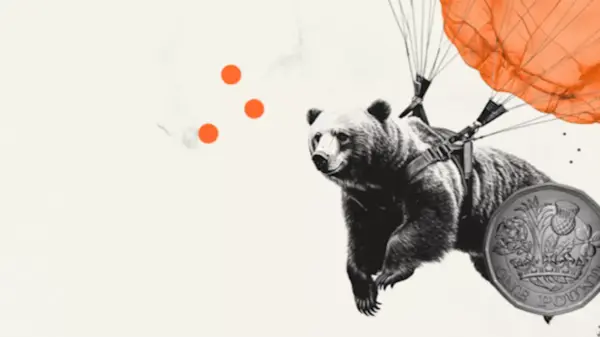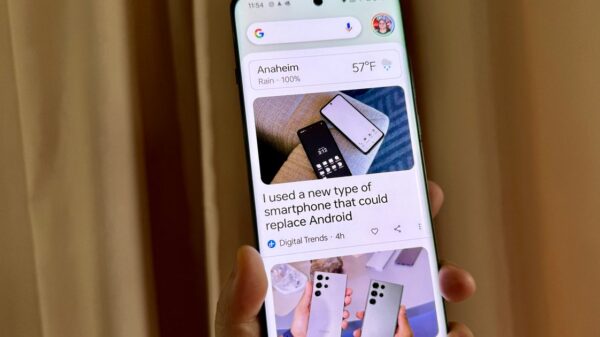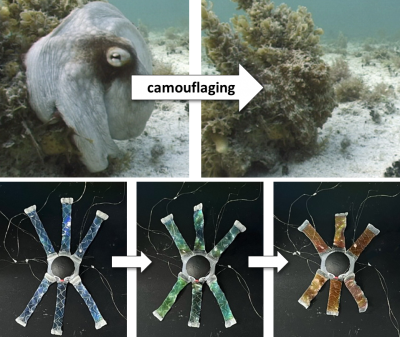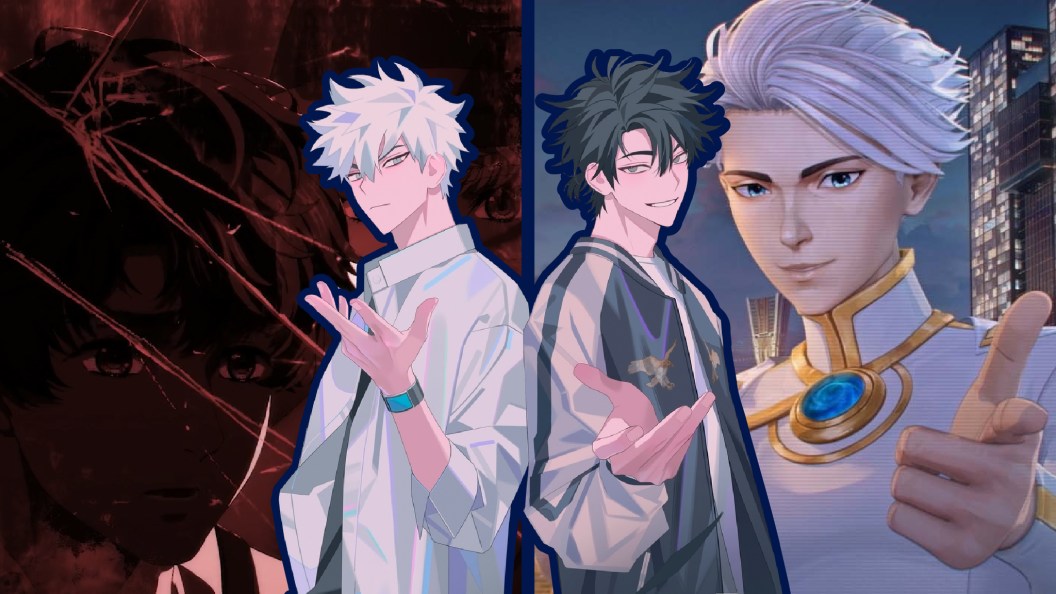The term donghua is increasingly gaining attention as a distinct form of animation that originates from China. While it remains less well-known than its Japanese counterpart, anime, donghua showcases unique artistic styles and storytelling techniques that deserve recognition. Understanding the differences between these two animation forms reveals insights into their cultural significance and artistic expressions.
Defining Donghua and Anime
At its core, both “donghua” and “anime” simply mean “animation.” However, the terms are deeply rooted in their respective cultural backgrounds. Anime refers specifically to animation produced in Japan, while donghua denotes Chinese animation. This distinction is essential, as it highlights the origins that influence the thematic and stylistic elements of each medium.
Beyond their definitions, significant differences in artistic style and themes further separate the two. While anime predominantly features 2D hand-drawn animation, donghua tends to embrace a mix of 2D and 3D elements, often resulting in visually striking productions. This approach can sometimes lead to mixed results; however, successful examples such as Lord of Mysteries and To Be Hero X exemplify the potential of 3D integration with traditional animation.
Cultural Influences and Themes
Content in donghua often reflects aspects of Chinese culture, mythology, and philosophy. Themes related to historical figures, traditional art forms, and cultural narratives are prevalent. For instance, adaptations of classic tales such as Journey to the West are common, as are genres like xianxia, which draw on traditional Chinese culture and martial arts.
Conversely, anime frequently incorporates Japanese cultural elements, such as references to Shintoism and folklore, which resonate with audiences familiar with these themes. These cultural lenses shape the narratives and artistic choices in both donghua and anime, creating a rich tapestry of storytelling that appeals to diverse audiences.
Noteworthy examples of donghua include:
– **Link Click**: This series follows Cheng Xiaoshi and Lu Guang, who operate a photo studio that allows them to travel back in time through photographs. As they help clients resolve past regrets, they confront increasingly tragic events that impact their own lives.
– **Lord of Mysteries**: Set in Tingen City during a critical moment in 1349, this series chronicles the journey of Zhou Mingrui, who becomes entangled in a world of supernatural abilities and secret societies after his “Luck Enhancement Ritual” goes awry.
– **To Be Hero X**: In a society where trust can be quantified, an ordinary citizen named Lin Ling is thrust into the world of heroes. He discovers the challenges and triumphs of heroism while navigating a competitive environment that determines power through trust rankings.
These examples illustrate the creativity and depth present in donghua, showcasing how it parallels, yet diverges from, the more widely recognized anime.
While anime has long dominated the global animation landscape, donghua is steadily carving out its own space. As more audiences engage with these Chinese animations, the medium’s unique qualities and cultural narratives will likely gain greater appreciation. Platforms such as Crunchyroll are adapting to this growing interest, featuring a range of donghua alongside traditional anime offerings.
In conclusion, the exploration of donghua not only enriches our understanding of global animation but also highlights the diverse storytelling traditions that emerge from different cultures. As audiences continue to discover the distinctive charm of donghua, it is clear that this form of animation is here to stay, contributing to a vibrant global animation scene.











